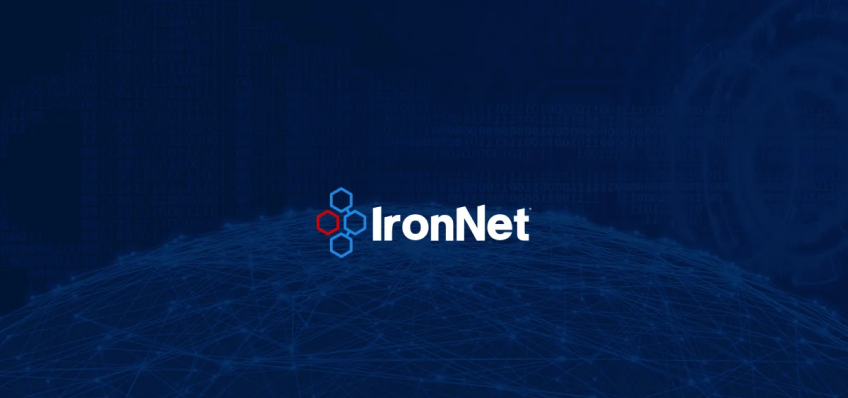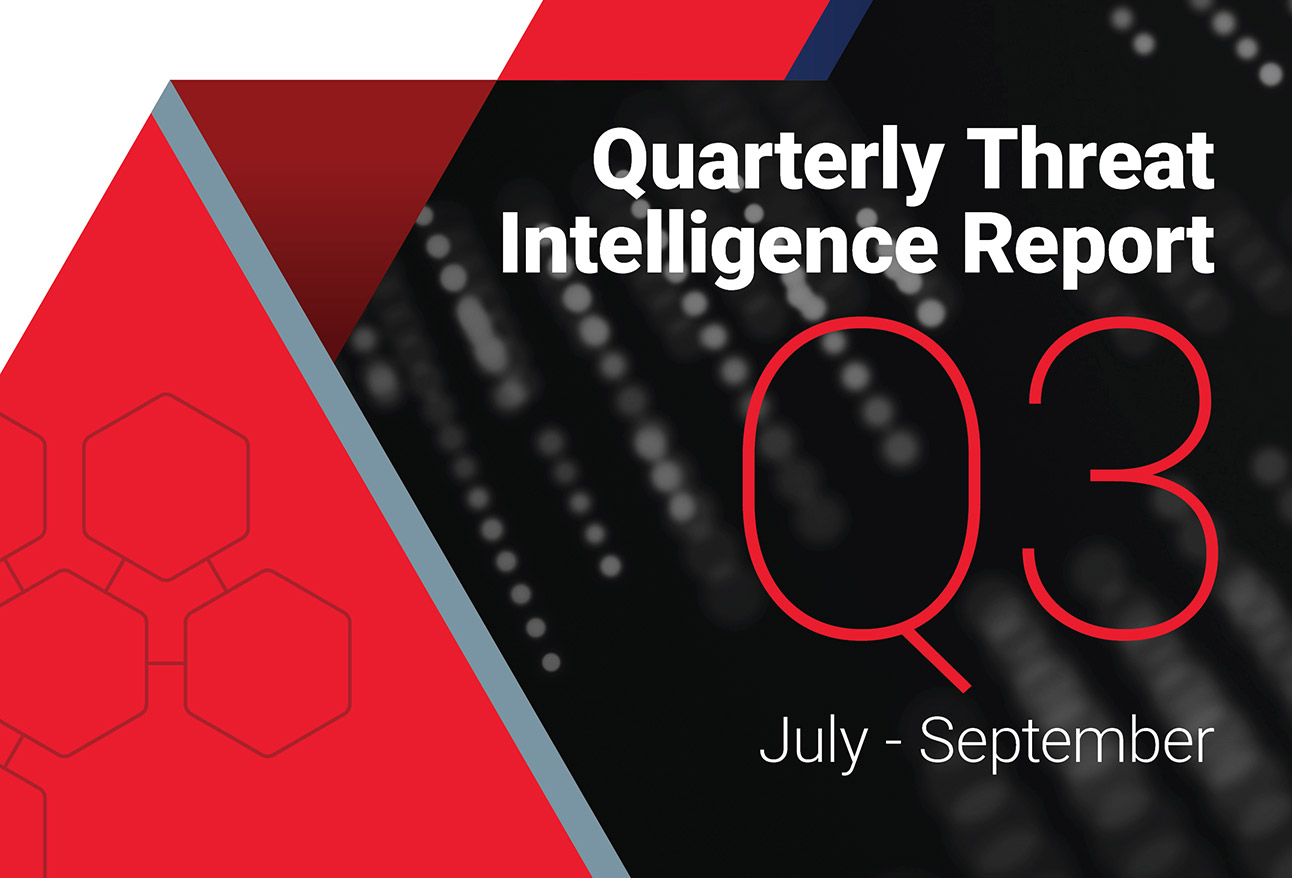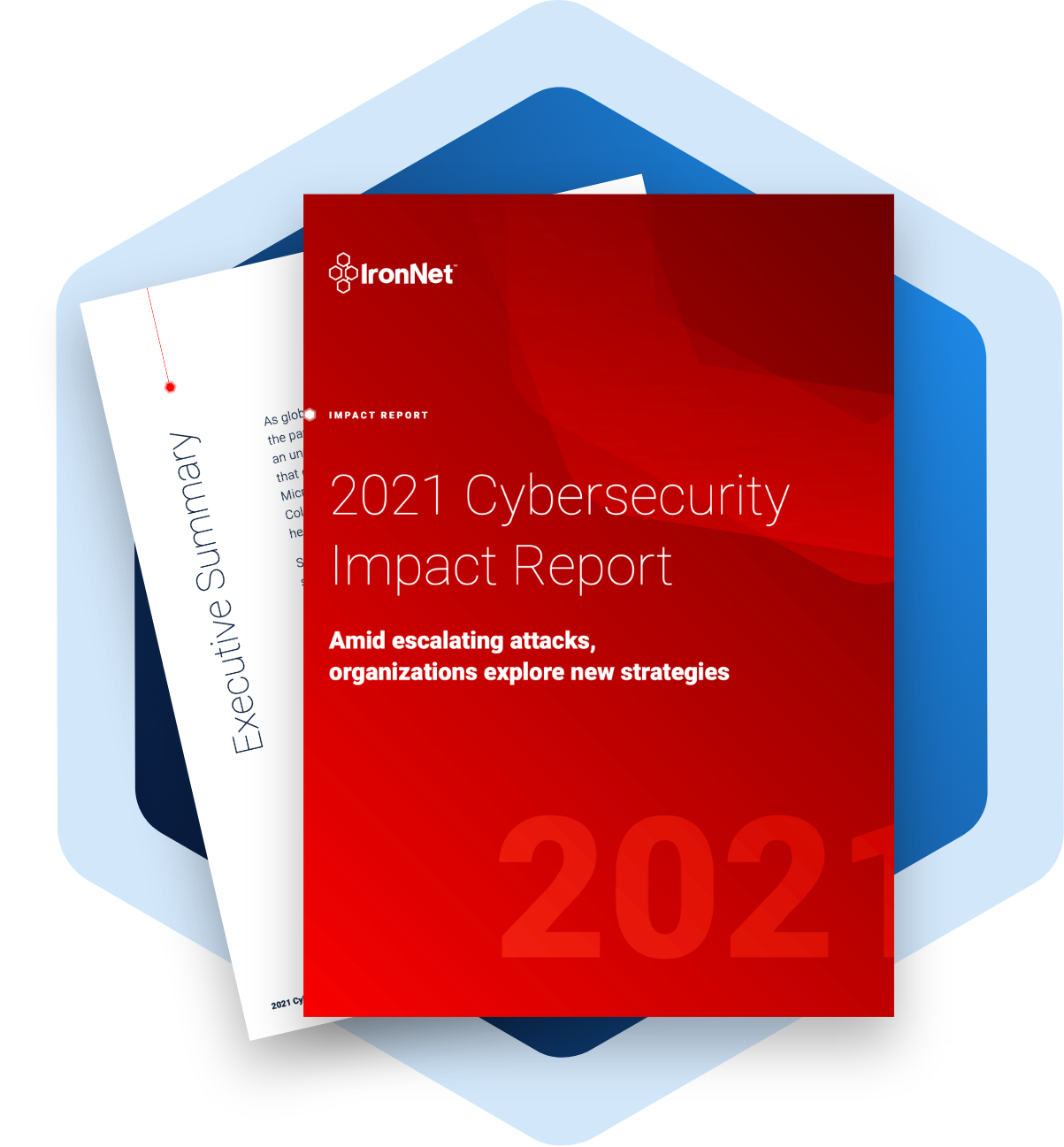If your organization already has a cybersecurity program in place, that’s great —but your job isn’t done yet. The cyber world evolves quickly — and so do threat actors’ tactics, techniques, and procedures (TTP). Your cybersecurity program needs to keep up.
This means you need to periodically evaluate your existing cybersecurity program. Take note of what’s working well, what might need updating, and any areas of potential risk.
Since that’s a broad scope that covers a lot of areas, this article will show you what to look for during this evaluation, how to quantify the risks in your current program, and how to evaluate additional resources to add to your security stack.
What to look for when evaluating your existing cybersecurity program
A good starting place is to evaluate your existing program against a cybersecurity framework, such as the NIST cybersecurity framework, which provides guidance on how to better manage and reduce cybersecurity risk.
Make sure your current program meets any compliance requirements that your company might be subject to, such as those from the Health Insurance Portability and Accountability Act (HIPAA) in the healthcare space, or the General Data Protection Regulation (GDPR) for companies that process data from residents of the European Union.
New cybersecurity technologies
As cybersecurity technology continues to evolve, is your current program making the best use of available technologies such as automation, artificial intelligence (AI), and machine learning (ML)?
IronDefense, the advanced network detection and response (NDR) tool from IronNet, does. In addition to providing real-time insights across industry threatscapes, it also uses advanced automation to apply response playbooks built by the nation’s top defenders to prioritize detected alerts by risk. The playbooks provide “code-ified” human intelligence of elite security practitioners.
Further, IronDefense uses advanced network behavioral analysis that leverages proven AI/ML and analytics used to defend highly secure networks.
Cost savings
Is your current cybersecurity program providing you with the most cost savings possible? Company budgets can be spread thin, so your cybersecurity program needs to give you the most bang for your buck. For instance, are you spending too much on data storage / computing to analyze SIEM logs? In addition, with the current cybersecurity staffing shortage, is there a way for your program to do more without hiring additional headcount?
Enter the IronNet Collective Defense℠ platform. The Collective Defense platform gives organizations — comprising a sector, supply chain, or country —the ability to exchange anonymized attack intelligence securely and in real time, providing all members an early warning system about potential incoming attacks.
With companies collaborating to identify and triage cyber threats at network speed, your organization benefits from a scaled-up SOC without the cost of having to hire additional headcount. For a typical large organization, for instance, this can reduce staffing and training costs by $225,000 over a three-year period (analysis by IronNet Value Management Office Platform by eco-systems).
Quantifying the risks of your current cybersecurity program
One area to ensure receives attention when evaluating your current cybersecurity program is to look for potential areas of risk in your current program and processes. A cyber risk assessment should encompass not only your security tools but also your processes and procedures.
Human Error
Studies have found that 95% of cybersecurity issues can be traced back to human error. Audit who has access to your cybersecurity tools, and what their level of access is. Ensure that access is given only to those who absolutely need it.
Further, ensure all employees are trained on proper cyber hygiene. Teach them how to create strong passwords, not to reuse passwords across systems or applications, and how to spot the signs of a potential email phishing scam and other common attacks such as business email compromise (BEC). Ensuring your employees are well-educated in proper cybersecurity practices — making them vigilant cyber citizens — is a large part of risk management.
Outdated Programs
Another potential area of risk is found with outdated technologies and software that is not updated regularly. If any one piece of your security stack is vulnerable, that can put your whole program in danger.
For example, if your organization utilizes a firewall, it will likely require continuous updates as additional security threats are discovered.
Newly-discovered software vulnerabilities may need to be patched. Often, outdated programs also can’t integrate with new applications or run properly on newer-model devices.
Outdated software, in addition to potentially endangering the security of your data, also runs the risk of taking you out of compliance with certain regulations. As an example, GDPR requires that personal data be “accurate, and where necessary, kept up to date.” It further requires that inaccurate data be “erased or rectified without delay.”
How to evaluate additional resources to add to your security stack
Now that you’ve evaluated your current cybersecurity program, pay particular attention to any gaps? What tools or functionality might be missing in your stack?
Once you’ve identified additional resources you need for your cybersecurity program, you’ll need to get executive buy-in. One way to help quantify risks to executives is to show them how much money a potential data breach could cost the company if not prevented by a strong cybersecurity program.
IBM research found that in 2022, the average cost of a data breach is $4.35 million — not to mention the cost of eroding customer trust and a company’s reputation. Preventing a cyber attack will save your company money and time in the long run.
It can also help you to have a documented incident response (IR) plan to show to executives. An IR plan should detail the protocol to follow in case of a cyber attack or breach — who should be notified, how to contain or mitigate the damage, and next steps. This is a key area where you can show executives how any needed resources fit into this plan.
The IronNet Attack Assessment
If all this sounds daunting, let us help. Contact us today for an IronNet Attack Assessment.
An IronNet Attack Assessment will rate your network's performance against a potential cyberattack — assessing the areas of strength and where there are gaps. We’ll help you see how to increase visibility to the threat landscape, reduce the impact of an attack, and improve the effectiveness of your cybersecurity investments.
.png)



